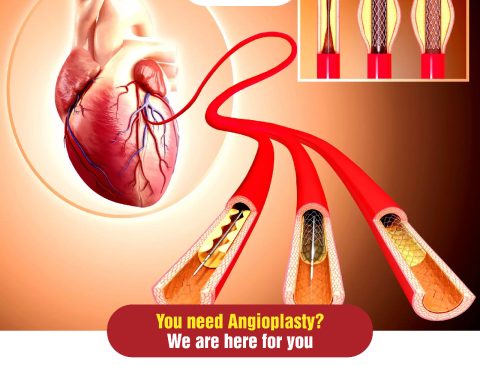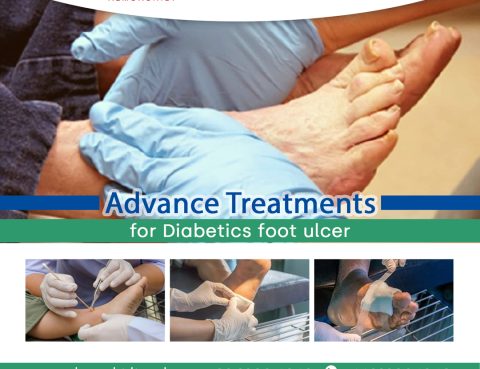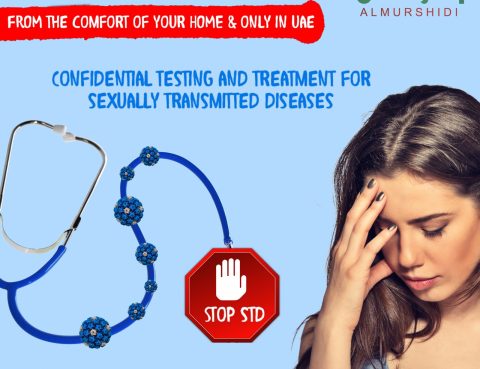
At Almurshidi Medical Tourism, we prioritize your digestive health with comprehensive diagnostic procedures, including gastroscopy and colonoscopy. These minimally invasive techniques are crucial for evaluating and diagnosing a variety of gastrointestinal issues, ensuring you receive timely and effective care. #*Gastroscopy: A Closer Look at Your Upper Digestive Tract. **What is Gastroscopy?. Gastroscopy, also known as…

At Almurshidi Medical Tourism, we understand that every child’s health is unique and vital. Our Pediatric Health Check-Up is designed to provide a thorough evaluation of your child’s health and development, ensuring they receive the best care and support for a bright and healthy future. **Why Choose Our Pediatric Health Check-Up?. Holistic Health Assessment. Our…

At Almurshidi Medical Tourism, we believe that true beauty starts with a foundation of wellness. Our Aesthetic Wellness Check-Up is designed to help you look and feel your best, both inside and out. This comprehensive evaluation goes beyond traditional beauty treatments to address your overall health, ensuring that your aesthetic goals align with your well-being….

Are you looking for a solution to stubborn fat that doesn’t involve surgery or extensive downtime? At Almurshidi Medical Tourism , we understand that achieving your ideal body shape can be challenging, even with a healthy lifestyle. That’s why we’re excited to introduce you to our state-of-the-art body sculpting treatments, designed to help you reach…

Are you tired of stubborn pockets of fat that just won’t budge, no matter how hard you work out or how strictly you diet? If you’re seeking a revolutionary solution that’s both effective and non-invasive, look no further than Sculp Sure. At Almurshidi Medical Tourism, we are proud to offer this cutting-edge treatment that helps…

When it comes to enhancing your appearance and boosting your confidence, nothing compares to the transformative power of cosmetic surgery. At Almurshidi Medical Tourism, we are dedicated to providing world-class cosmetic procedures that combine artistry, expertise, and advanced technology. Our commitment is to deliver exceptional results tailored to your unique needs and aesthetic goals. #…

In today’s world, a radiant, white smile is not just a symbol of confidence but also a powerful way to make a great first impression. If you’ve ever felt self-conscious about the color of your teeth or wished for a brighter, more youthful smile, Zoom Whitening might be the perfect solution for you. At Almurshidi…

In the pursuit of achieving a sculpted, well-defined physique, many individuals find themselves turning to cosmetic procedures to enhance their body contours. Among the cutting-edge options available, VASER liposuction stands out as a revolutionary technique that offers precision, efficiency, and minimal recovery time. If you’re considering body contouring and are curious about how VASER liposuction…

When it comes to facial aesthetics, the nose plays a crucial role in defining your overall appearance. If you’ve ever felt that your nose doesn’t quite align with your ideal vision, a nose job, or rhinoplasty, could be the solution you’re looking for. At Almurshidi Medical Tourism, we specialize in delivering tailored rhinoplasty procedures designed…

In the quest for a shapely, well-defined figure, many people are turning to the Brazilian Butt Lift (BBL) as their go-to cosmetic solution. This popular procedure not only enhances your curves but also helps you achieve a more balanced and aesthetically pleasing silhouette. If you’re considering a Brazilian Butt Lift, understanding the procedure, its benefits,…

In an era where healthcare costs can be prohibitive and access to cutting-edge treatments may be limited, medical tourism has emerged as a viable and appealing option for many individuals seeking quality care at a fraction of the cost. This comprehensive guide explores the benefits, considerations, and essential information you need to make an informed…

At Almurshidi Medical Tourism, we are at the forefront of cancer treatment innovation, offering advanced therapies to provide our patients with the best possible outcomes. One of the most groundbreaking advancements in cancer care is Proton Therapy—a highly targeted form of radiation treatment that is transforming the landscape of oncology. This non-invasive therapy provides precise,…

If you’re seeking a cutting-edge solution to heart disease, angioplasty might be the key to unlocking a healthier future. At Almurshidi Medical Tourism, we are dedicated to providing top-tier cardiovascular care, and our expert team is here to guide you through the benefits and process of angioplasty. This innovative procedure is transforming lives by offering…

Aging is a natural part of life, but who says we can’t age gracefully and with a little help? At Almurshidi Medical Tourism, we’re excited to introduce cutting-edge **stem cell anti-aging treatments** designed to rejuvenate your skin and revitalize your overall appearance. **What Are Stem Cell Treatments?* Stem cell therapy leverages the power of stem…

In an era where convenience and personalized care are at the forefront of healthcare innovations, at-home blood sample collection is revolutionizing how we manage our health. Gone are the days of long waits at clinics or labs, navigating busy waiting rooms, and adjusting your schedule around medical appointments. With the advent of at-home blood sample…

In recent years, laser technology has emerged as a groundbreaking advancement in the treatment of vulvovaginal diseases, offering a minimally invasive option with promising outcomes. This article delves into the various aspects of laser treatment, its benefits, and why it might be the right choice for managing vulvovaginal conditions. # Understanding Vulvovaginal Diseases Vulvovaginal diseases…

Diabetes can significantly impact various aspects of health, with one of the most challenging complications being foot ulcers. These painful and often debilitating sores can seriously affect your quality of life if not treated promptly and effectively. At Almurshidi Medical Tourism, we are committed to providing cutting-edge solutions for diabetes foot ulcers, ensuring you receive…

Sexually Transmitted Diseases (STDs) are a significant public health concern that affects millions of people worldwide. At Almurshidi Medical Tourism, we are dedicated to providing you with the knowledge and resources you need to prevent, detect, and manage STDs effectively. This guide aims to raise awareness about STDs and offer practical advice for protecting your…

At Almurshidi Medical Tourism, we believe that every dream of parenthood deserves the chance to become a reality. Our dedicated team of fertility specialists is committed to supporting you through every step of your journey with the highest level of care, compassion, and expertise. Why Choose Almurshidi Medical Tourism for IVF? 1. Personalized Care: We…

